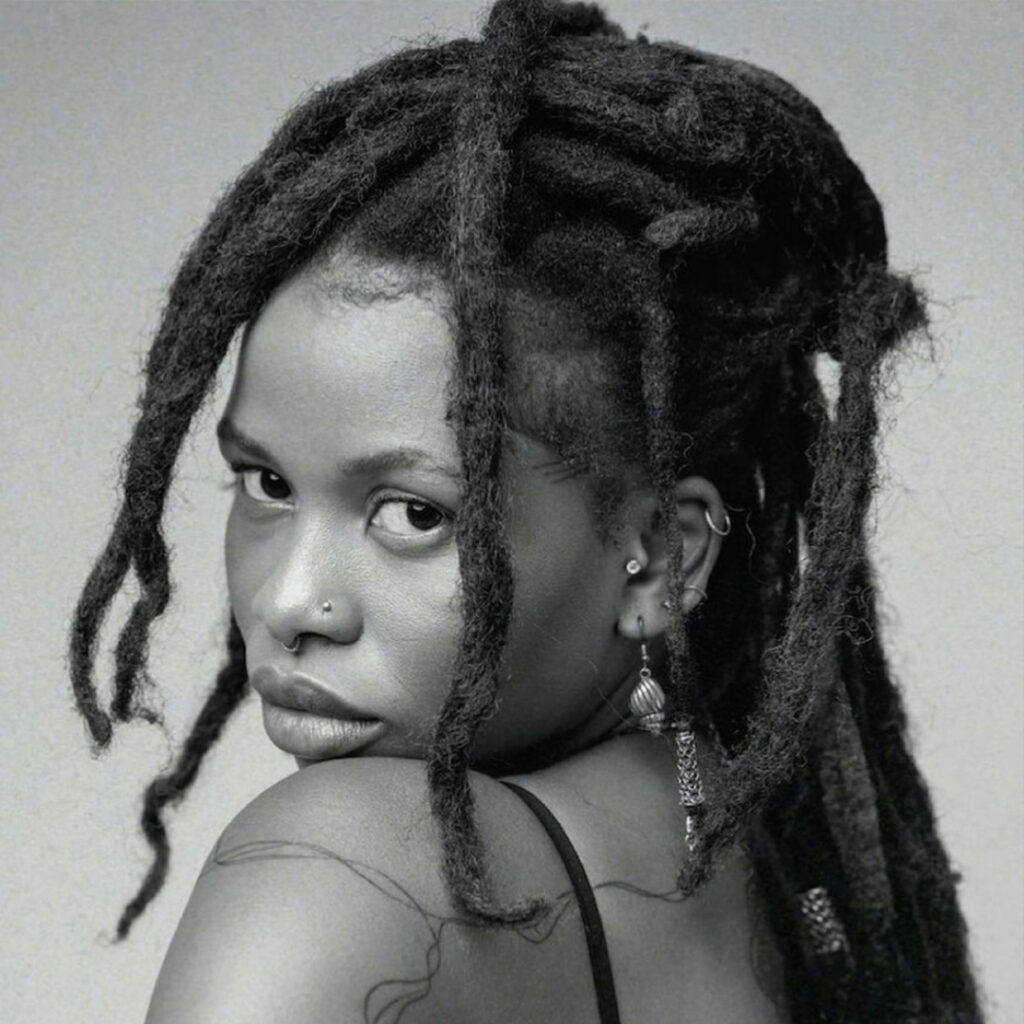“There’s a lot of Tanzania’s history and culture that cannot be depicted through realism, like our true emotions about our history and culture. If you are only painting things that you can see, you miss out on a lot of our culture that can’t be physically seen” – Sabi John
About halfway through our conversation, visual artist Sabi John makes a case for abstract art; “there’s a lot of Tanzania’s history and culture that cannot be depicted through realism, like our true emotions about our history and culture. If you are only painting things that you can see, you miss out on a lot of our culture that can’t be physically seen” While contemporary Tanzanian visual artists have more readily embraced abstract forms of art, the majority of Tanzanian art canon remains predominantly realist. In 2019 Sabi John moved from Arusha to Dar es Salaam to work as a visual artist at Nafasi Art Space, an Academy for Contemporary Art. In five years, she has had two solo exhibitions, numerous group shows in and out of the country, and has cultivated another skill-set in art curation. Sabi has also grown up in those five years. Naturally, time has given her the experiences and space to know herself deeply, which has been essential for her evolution as an artist. “Sometimes we pick professions and we don’t realise how much they will force us to engage with people and the world,” she starts before adding, “but I feel far more confident in my work now that I know how I want to share my art practice with the world.” For her, this art practice takes the form of abstract visual art anchored on her emotional response to her internal state, the communities around her, and the ideas important to them. In this conversation she delves deeper into that practice, offering insight into research, process, and presentation of her work.
